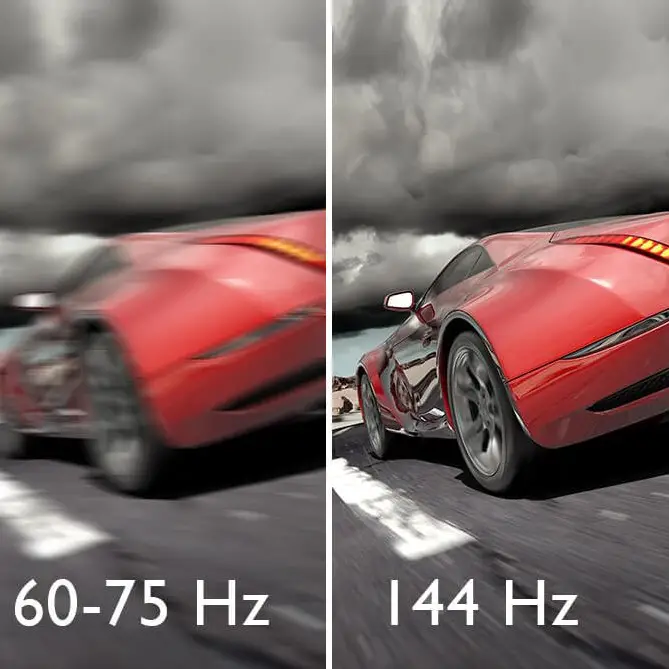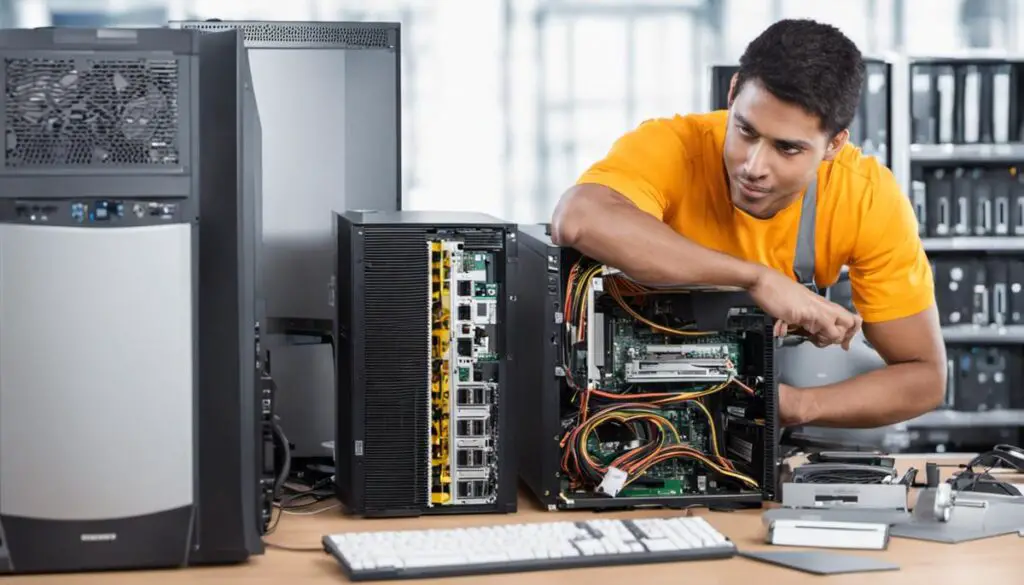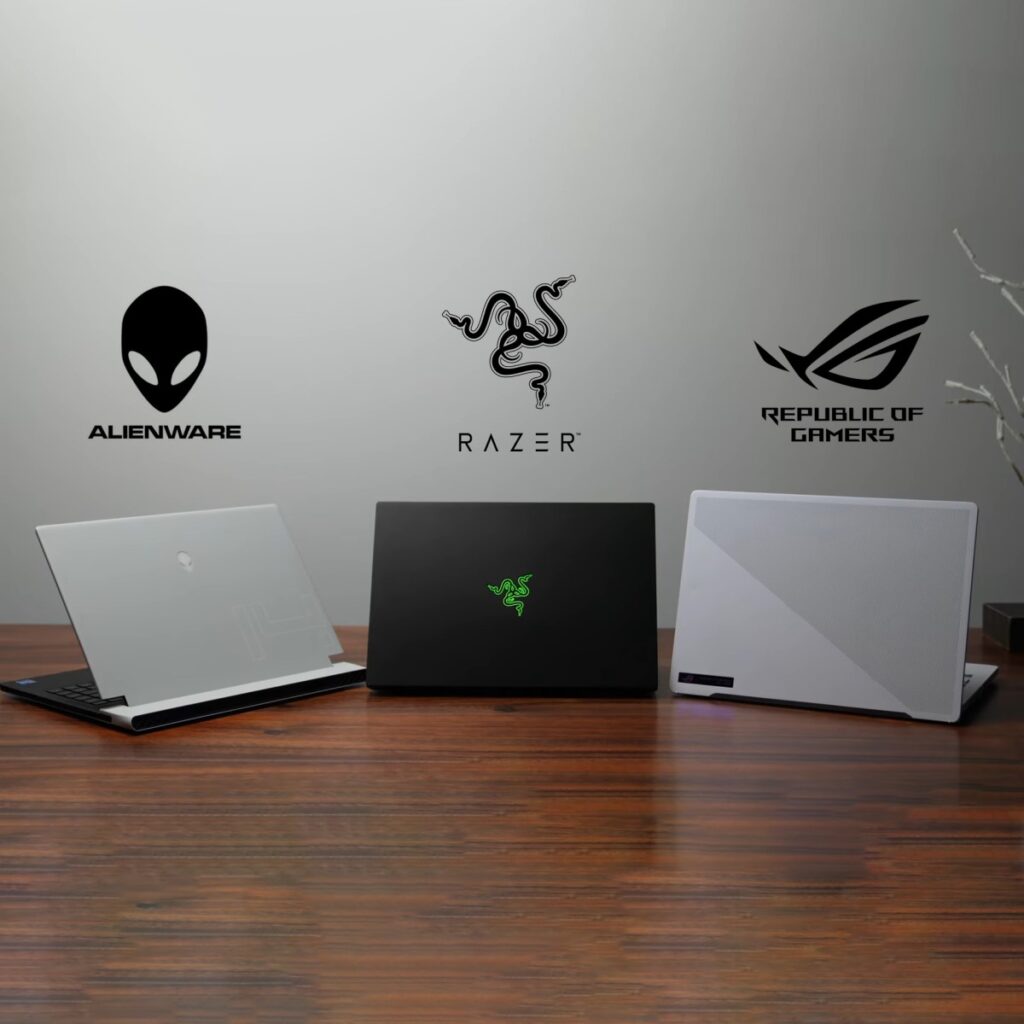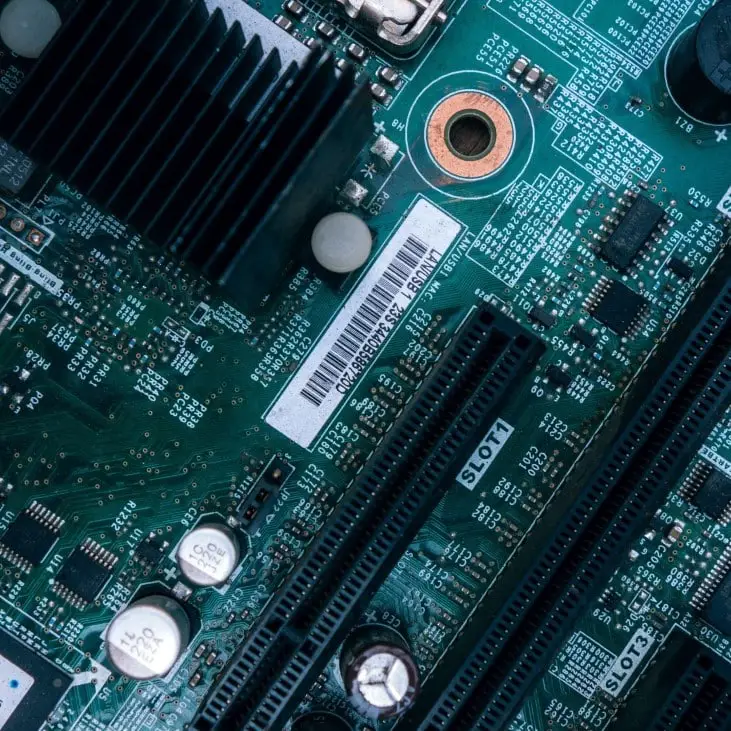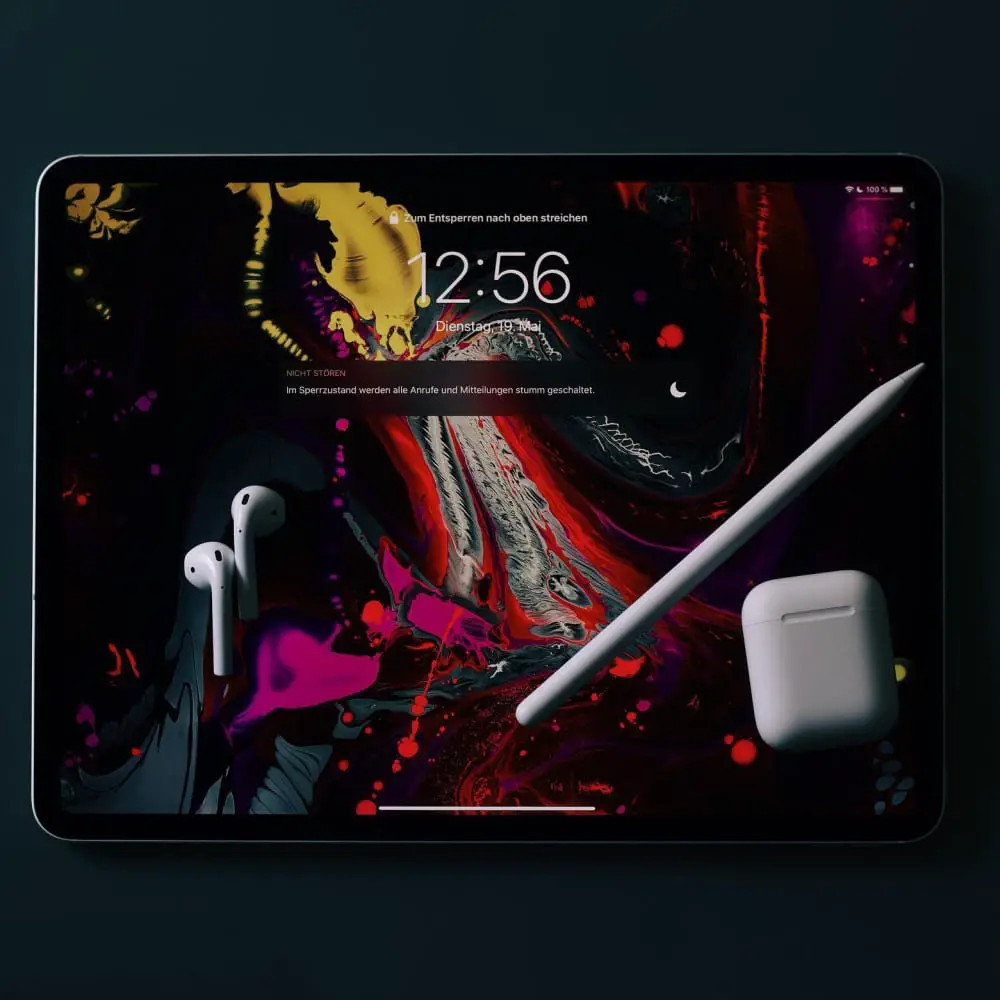When you purchase through links on our site, we may earn an affiliate commission. Learn more...
Does VSync Affect FPS Performance? – Here’s The Truth

In the world of gaming, few topics spark as much debate as the relationship between VSync (Vertical Synchronization) and framerates.
The controversy primarily revolves around the belief that enabling VSync inevitably leads to a reduction in FPS. Let’s be real now. The moment we start up our game, we go to settings in order to disable VSync and Motion Blur.
That’s like the unwritten rule of gaming. We’ve talked about the latter and its impact on your game in a previous article so it’s now time to talk about the former. Let’s begin!
What is VSync?
VSync is a technology commonly employed in gaming and graphics rendering to manage the synchronization of a game’s frame rate with the refresh rate of a monitor.
At its core, VSync is designed to address a specific issue known as “screen tearing.” Screen tearing occurs when the graphics card generates frames at a rate different from the monitor’s refresh rate.
This misalignment results in the display presenting portions of multiple frames simultaneously, leading to a visually unpleasing and distracting effect.
Does VSync affect FPS performance?

Enabling VSync can cause input lag by limiting FPS to match the monitor’s refresh rate. However, if your monitor has a higher refresh rate than your framerates, this won’t affect FPS at all.
Knowing what VSync actually does can help you sort of understand why it doesn’t affect FPS. Here’s how it works:
- Frame Rendering: In a typical scenario without VSync, the graphics card generates frames as quickly as it can, often exceeding the monitor’s refresh rate.
- For example, if the graphics card can render a game at 120 FPS (frames per second), but the monitor has a refresh rate of 60 Hz (meaning it can display 60 frames per second), screen tearing becomes a common issue.
- Frame Buffer: VSync introduces a buffer, commonly referred to as the “back buffer” or “front buffer,” between the graphics card and the monitor. The game’s frames are rendered to this buffer instead of being immediately displayed on the monitor.
- Synchronization: When VSync is enabled, the graphics card only sends a completed frame to the monitor when the monitor is ready to refresh the screen. This means that if the monitor has a 60 Hz refresh rate, the graphics card will only send a new frame every 1/60th of a second (16.67 milliseconds) to match the monitor’s timing.
- Preventing Tearing: By synchronizing the frame rate to the monitor’s refresh rate, VSync effectively eliminates screen tearing because it ensures that each frame displayed is a complete and synchronized image.
So, if you have a 60Hz monitor, enabling VSync will just set your FPS to 60, and all your problems are solved. Or… most of them anyway.
While VSync effectively eliminates screen tearing, it can introduce a potential trade-off, which is, as I mentioned, known as input lag.
Input lag refers to the delay between a player’s input (e.g., pressing a key or moving your mouse) and the corresponding action appearing on the screen.
This delay occurs because VSync holds frames briefly in the buffer to match the monitor’s refresh rate, which can affect the real-time responsiveness of the game.
Best VSync Alternatives
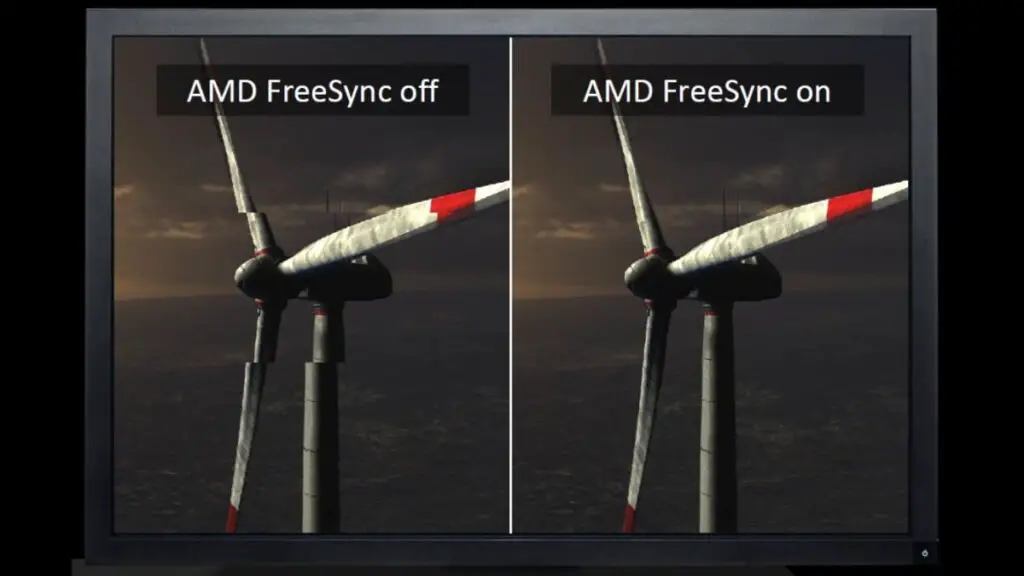
VSync is not the only option available to address screen tearing and optimize your gaming experience. There are a few alternative technologies and methods worth considering:
- G-Sync and FreeSync:
- G-Sync is NVIDIA’s proprietary technology, while FreeSync is AMD’s equivalent.
- They offer dynamic refresh rates, meaning the monitor’s refresh rate adapts to the GPU’s frame rate in real time. This eliminates screen tearing without introducing the input lag associated with traditional VSync.
- G-Sync monitors require an NVIDIA GPU, while FreeSync monitors are compatible with AMD GPUs.
- Some monitors, labeled as “G-Sync Compatible” or “FreeSync Premium,” may work with both NVIDIA and AMD graphics cards.
- Fast Sync (NVIDIA) and Enhanced Sync (AMD):
- Fast Sync (NVIDIA) and Enhanced Sync (AMD) allow the graphics card to render frames independently of the monitor’s refresh rate.
- They reduce screen tearing by sending only the latest complete frame to the monitor while discarding older frames. This approach can lead to lower input lag compared to standard VSync.
- Frame Limiters:
- Frame limiters allow you to cap the frame rate of a game manually. This can be an effective way to prevent screen tearing without the additional input lag introduced by VSync. I actually use that option a lot!
Final Thoughts
So, to VSync or not to VSync? It depends on your gaming style and your rig. It helps get rid of that annoying screen tearing, where the visuals split apart. It does a solid job there.
The catch? It might introduce a bit of input lag, meaning there’s a tiny delay between your moves and what you see on-screen. Keep that in mind next time you dive into your favorite game.

